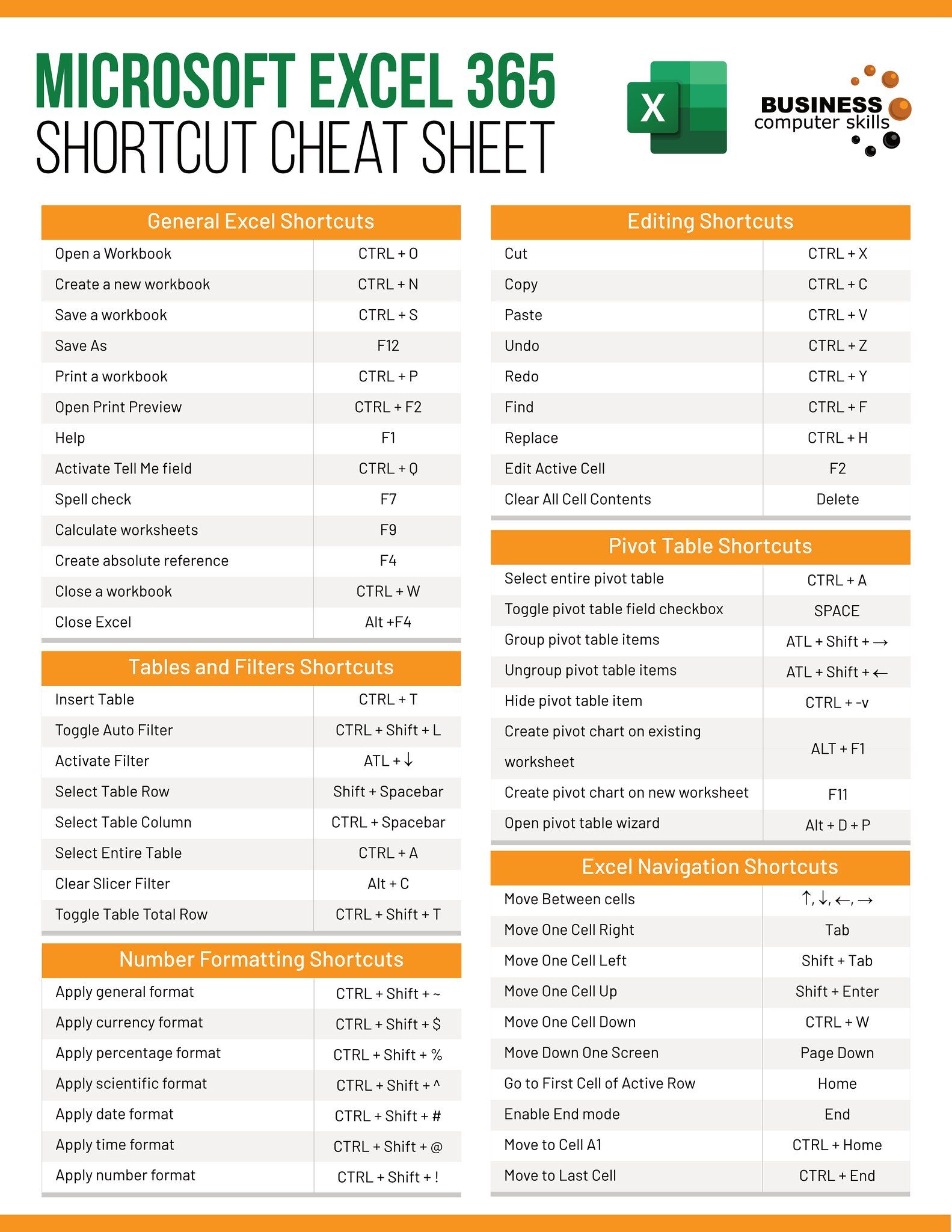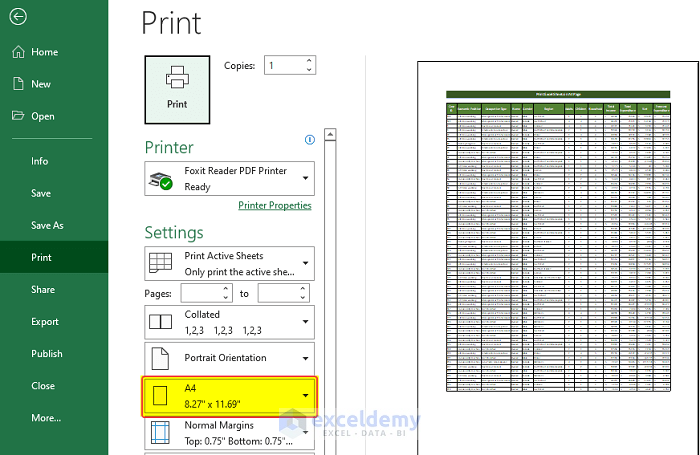7 Tips to Fit Excel Sheet on One Page Easily

Printing an Excel sheet can be a frustrating experience when you are faced with several pages of overflow. Yet, there's an art to fitting all your data neatly onto just one page, saving time, reducing paper usage, and enhancing the visual presentation of your information. Here are seven tips to help you manage your Excel sheet to fit on a single page effortlessly.
Adjust Page Margins

First and foremost, consider adjusting the page margins:
- Go to the 'Page Layout' tab.
- Click on 'Margins' and select 'Custom Margins'.
- Reduce the margins as much as possible without compromising readability. Standard margins are usually too large for full-page printing.
This can give you that little bit of extra space needed to shrink everything into one page. Keep in mind, though, that extremely narrow margins might cut off data during the printing process.
Change Page Orientation

If you're struggling to fit everything width-wise:
- Switch the orientation from portrait to landscape.
- Go to 'Page Layout' > 'Orientation' > 'Landscape'.
Landscape orientation allows for more columns across the page, which often makes a significant difference in fitting data.
Scale Content to Fit

One of the quickest ways to fit your spreadsheet onto a single page is by scaling:
- Select 'Page Layout' > 'Scale to Fit'.
- Use the 'Scale' dropdown or the 'Fit to' option.
- If using 'Fit to', you can specify the number of pages you want your data to span horizontally and vertically.
Remember, scaling down too much can result in unreadable content, so balance is key.
Adjust Print Area

If you don't need to print the entire worksheet, setting a print area can drastically cut down on what needs to be printed:
- Select the range of cells you want to print.
- Navigate to 'Page Layout' > 'Print Area' > 'Set Print Area'.
This feature will only print the selected cells, reducing the overall size of your printout.
💡 Note: Changing the print area only affects what will be printed, not how the data looks on the screen.
Remove or Reduce Headers and Footers

Headers and footers take up valuable space:
- Go to 'Insert' > 'Header & Footer'.
- If they aren't necessary, remove them or reduce their size.
- You can also move important information to the body of the worksheet if it's critical.
Condense Data with Merging and Formatting

Sometimes, the data itself can be condensed:
- Merge cells to group related data together and save space.
- Adjust column widths and row heights to fit your data more efficiently.
- Use formatting tricks like text orientation, font size, and cell alignment to make the most of the available space.
Use Table Function

Excel's Table function not only improves data management but can also help in printing:
- Select your data range and convert it into a Table by selecting 'Insert' > 'Table'.
- Formatting within a Table tends to be more compact, helping with space conservation.
Here's a simple example of how table formatting can look:
| Name | Quantity | Price |
|---|---|---|
| Product A | 10 | $5.00 |
| Product B | 5 | $8.00 |

By implementing these seven techniques, you can significantly increase your chances of fitting your Excel sheet onto one page. Remember, though, that squeezing data onto a single page might require some compromise. Make sure your data is still legible and the key information is prominently displayed.
Frequently Asked Questions (FAQ)

What if my data doesn’t fit on one page even after scaling?

+
If scaling doesn’t work, consider reviewing the content for redundancy or consider printing on multiple pages with clear headings and labels for continuity.
Can I preview how my Excel sheet will look on paper?

+
Yes, use the ‘Print Preview’ function available in the ‘File’ > ‘Print’ menu to see how your data will appear on paper before you commit to printing.
Will changing the page layout settings affect how the data appears when viewed in Excel?

+
These settings are for print layout and do not impact the actual worksheet display in Excel. However, settings like column widths or cell merging will be visible both in print and on-screen.



